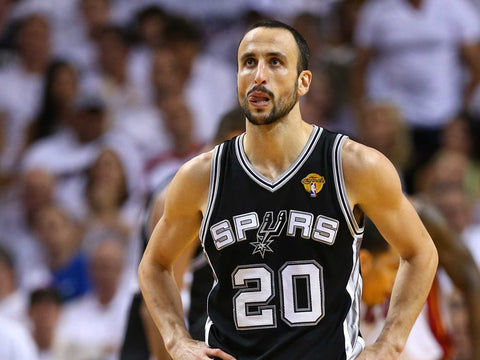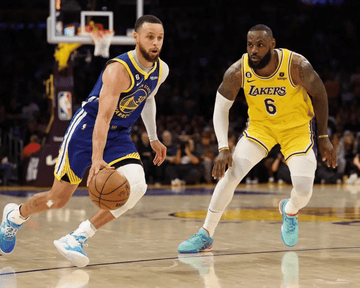It seems laughable now, with roughly one out of every four NBA players hailing from outside the United States in recent seasons.
But 30-plus years ago, even with a tiny handful of outliers like Hakeem Olajuwon proving otherwise, the notion that foreign players weren’t good enough for the world’s best basketball league was commonly held as fact.
Scarcely could those who propagated that myth have imagined the two-tiered flood that would permanently change the face of the league, first in the late 1980s with the lifting of the Iron Curtain, then again in the late 1990s with a second, even larger wave of players who grew up idolizing the Dream Team and saw the NBA not as a far-fetched fantasy but a legitimate possibility.
“It’s because of guys like Dirk Nowitzki,” Giannis Antetokounmpo, Milwaukee’s Nigerian-Greek superstar, recently told Sports Illustrated. “Pau Gasol, Tony Parker, Manu Ginobili and those guys. Even older, Drazen Petrovic. They set the path for us.”

The NBA was far from the global brand it is today when, initially known as the Basketball Association of America, its first season tipped in 1946. But even then there was an international presence, with five foreign players seeing action during that inaugural campaign. One of them, Italian-Canadian Hank Biasatti, played in the NBA’s very first game, going scoreless for the Toronto Huskies in their 68-66 loss to the New York Knicks.

But despite the best efforts of rare standouts like the aforementioned Olajuwon, it would be roughly four decades before the NBA finally began pursuing and accepting foreign players in earnest. It happened in large part because the Soviet Union, heartened by its gold medal at the 1988 Olympics, began softening restrictions on elite players from hoops hotbeds like Lithuania and the former Yugoslavia. That brought Petrovic, Vlade Divac and a handful of other eastern European standouts stateside, where they overcome a host of obstacles (language barrier, homesickness, culture shock, etc.) to become valuable contributors.

Even more important for the sport itself, they served as inspiration to a bigger, even better generation that would follow.
Few could have imagined it at the time, but Nowitzki would lead this second charge, growing from an awkward 20-year-old who considered returning home to Germany late in his difficult rookie season to one of the most decorated and respected players in NBA history. But what truly set this second wave apart was sheer numbers, with the amount of foreign players surging from 30 in 1998-99, Nowitzki’s first campaign, to a record 113 in 2016-17.

That number has roughly held firm, with 108 foreign players participating in each of the past two seasons. And with the NBA’s popularity only continuing to grow around the globe, it’s hard to imagine a substantial drop any time soon.





